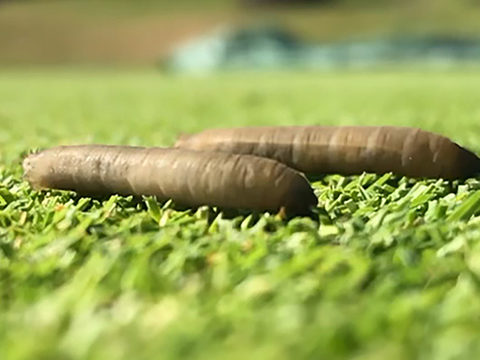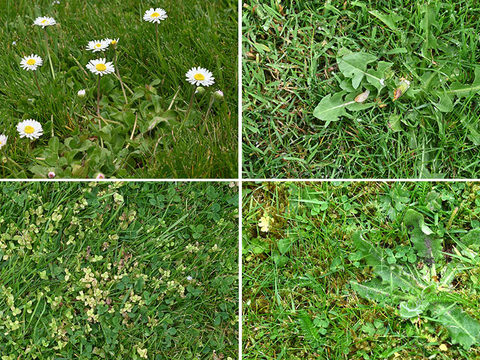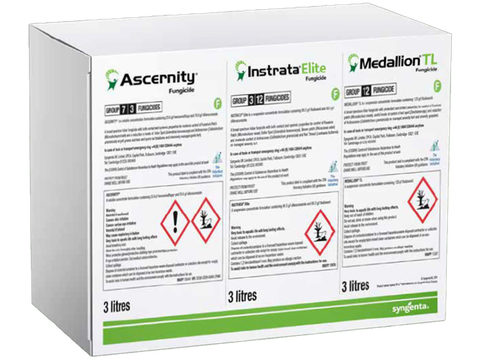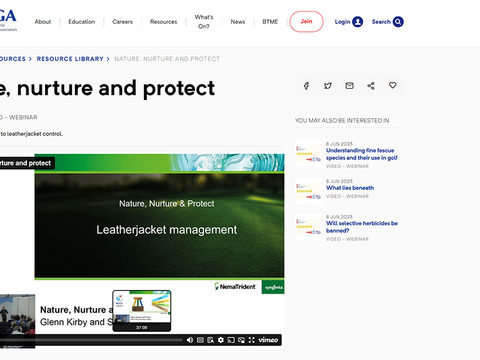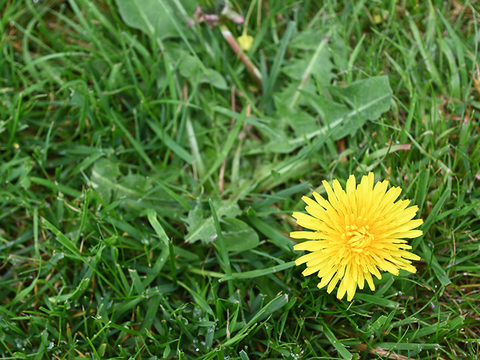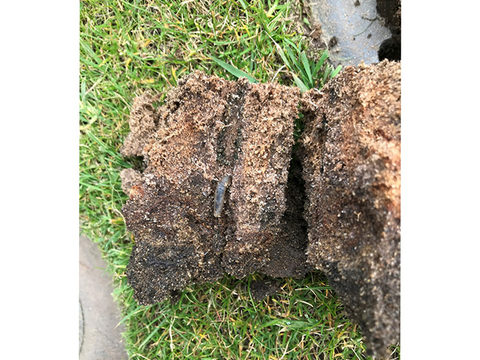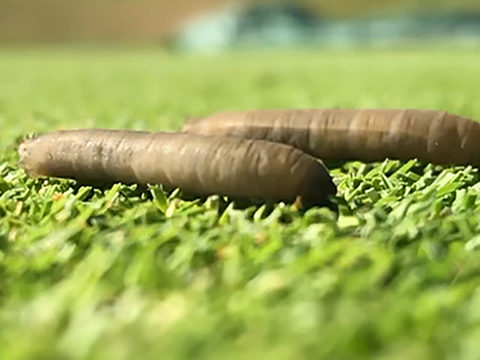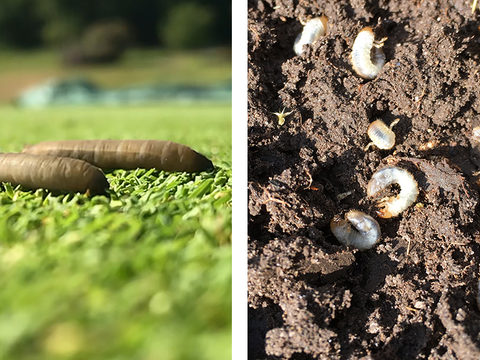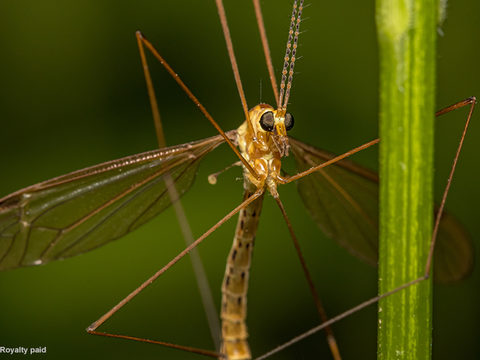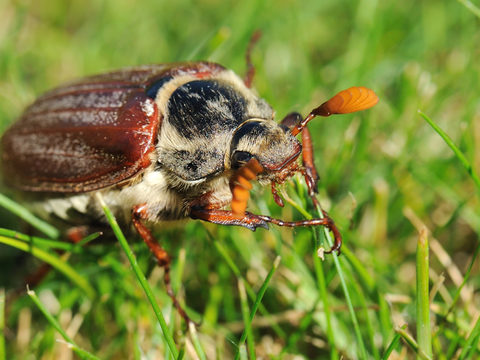GreenCast in UK and Ireland - Turf disease activity under the microscope
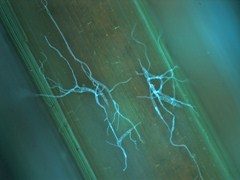
Incredible new microscopy images of turf disease development within the leaf reveal the true extent of the damage being caused during early infection and the stress imposed on plants - before any visible symptoms are even seen on the leaf surface.

The pictures (above), captured using advanced photo imaging equipment at the Syngenta Turf Research facility in Stein, Switzerland, track development of a turf disease pathogen within the leaf. Within hours of the disease spore germinating, mycelial growth is apparent, which continues to develop and spread into and then within the leaf putting extra stress on the plant. The symptoms of infection only become visible as the pathogen completes its life-cycle.
Syngenta Technical Manager, Dr Watson believes this new information gives an important indication on the value of preventative fungicides, and the role of systemic actives in targeting disease activity.
"This is an amazing insight into what's actually happening inside the leaf, reports Dr Watson. "Clearly there is extensive damage being caused to internal leaf structures, long before disease symptoms become apparent on the surface - with serious consequences for turf health and quality."
"These images perfectly demonstrate what is going on, and highlight you don't have long to act," he warns. "Understanding what is going on within the plant under disease attack is crucial for appropriate fungicide selection and optimised proactive application timing.
"It reinforces the importance of getting protection in place before disease has become active inside the leaf to effectively minimise damage."
Furthermore, Dr Watson points out that the truly systemic fungicide Heritage Maxx, which penetrates into the leaf and moves around within the plant, will give greater potential to protect new leaf growth during the growing season.
"The speed with which the active can move around within the plant is crucial to target development of the disease pathogen," advises Dr Watson. "We know from our studies that Heritage Maxx is quickly taken up by the plant and moves up through the leaf to ensure protection is quickly in place. Also, its root and crown uptake of the fungicide active means that protection is continually being replenished in the leaf, which gives extended protection thorough the late spring and summer months."
However, if conditions are cooler and plant is less active - in early spring or late autumn, for example - he advocates the fast moving 'cool weather' systemic, Banner Maxx, would be the preferred choice.
Dr Watson points out that disease forecasting on the free Syngenta GreenCast website can help turf managers identify periods of high risk and time applications accordingly. "The power of GreenCast is key to help with fungicide selection and timing. It will ensure turf managers get the most appropriate product in place at the optimum time - to give the greatest and longest possible protection from disease attack."

